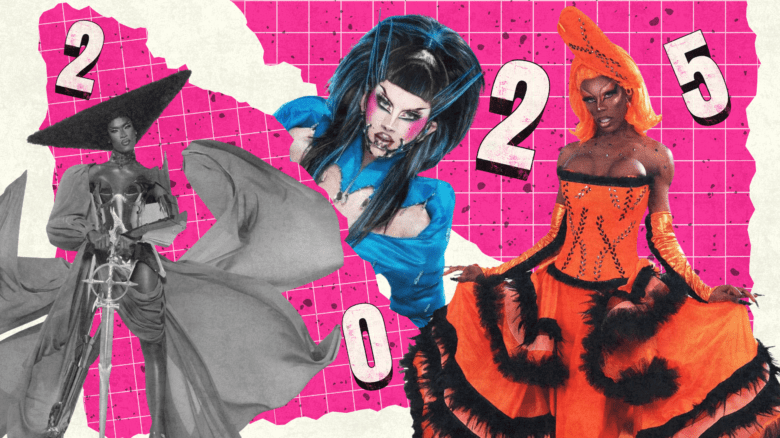Not many people spend time thinking about their deaths, but Dina Paige has. She’s made plans to put her body on display for the education of the world through the Body Worlds travelling science exhibits.
Paige is the first transgendered person to donate her body to the program, which preserves bodies through a process called “plastination” and puts them on display in cities around the world.
The process was created by German scientist Gunther von Hagens, who initially used plastinated bodies for medical instruction and later created the Body Worlds series of public exhibits. More than 28 million people have seen the exhibit around the world, according to the Body Worlds web site.
Paige, a 54-year-old “full-blooded Italian,” runs her own business coaching transgendered people through the transitioning process and says being part of the Body Worlds exhibit will allow her work to continue long after she dies.
“The preserved bodies will last for a thousand years and beyond. The preservation technique is better than the pharaohs,” she says. “I was born a man, and look like a female, and yet have breasts and a penis. I couldn’t think of a better way for humanity to look at and evaluate the issues of what it means to be male, female, or both.”
Visitors who see Paige’s body on display will see up close the results of an extensive surgical male-to-female transition. She has had full cranial facial reconstruction and separate feminization surgeries for her nose, lips, cheeks, breasts, hips and hair line — plus full-body laser hair removal.
Paige says she decided to donate her body when she saw Body Worlds the first time it was in Toronto. The process of donating was simple, she says.
“It’s very much like filling out a donor card,” says Paige. “They ask some questions and let you know what the process is. They have a guide for donors and a guide for survivors. It’s quite simple.”
Donors are not paid for their bodies and must cover the cost of shipping the cadaver to the nearest Institute for Plastination embalming centre. Donors must have died of natural causes, must not be autopsied, and must be “largely intact,” according to the Body Worlds web site. Donors who carry infectious diseases like HIV or hepatitis may be accepted on a case-by-case basis.
Paige recommends that anyone considering donating his or her body should give the matter “sober consideration” and discuss it with their next of kin.
“Let loved ones and relatives who are going to look after the arrangements be very comfortable with it,” she says, noting that her family has been very accepting of her decision.
“My children, who are 29 and 28, are almost sick of me talking about it. I brought my son and daughter to the exhibit and my son is even considering donating his body,” she says.


 Why you can trust Xtra
Why you can trust Xtra


